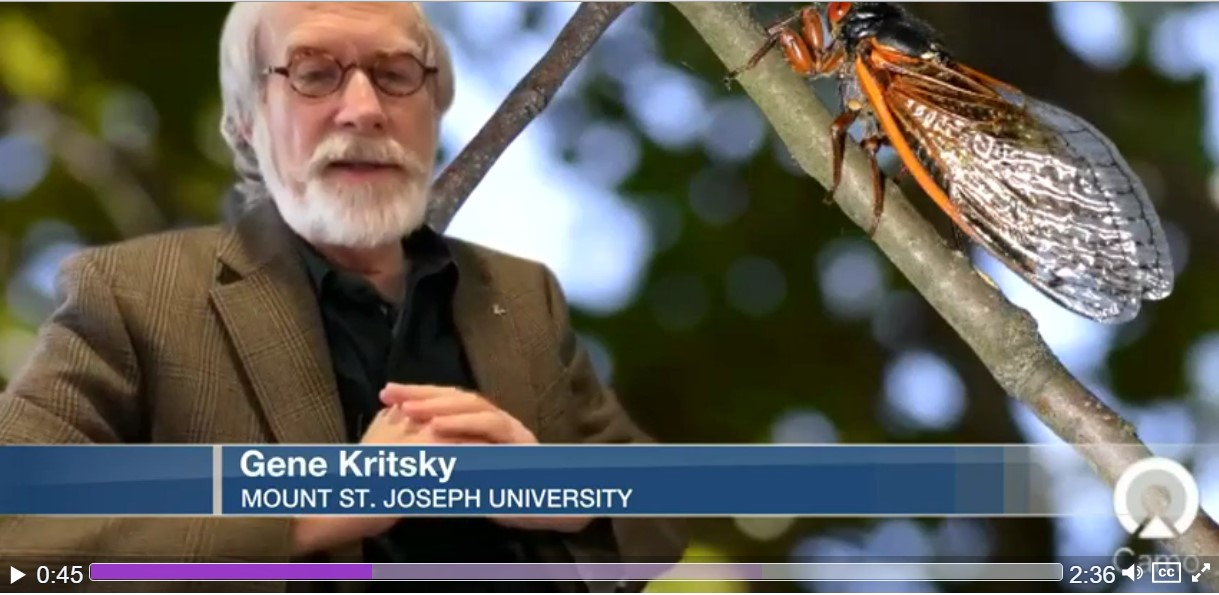After 17 years since the last cicada emergence in 2004, the periodical cicadas known as Brood X are returning, and Dr. Gene Kritsky weighs in on this event with Fox19.

After 17 years since the last cicada emergence in 2004, the periodical cicadas known as Brood X are returning. Dr. Gene Kritsky, Mount Dean of Behavioral and Natural Sciences and Entomologist weighs in on this impactful upcoming event in cicada history with Fox19.
“This year is the big one,” Dr. Kritsky tells Fox19. “This year they are going to be coming out in droves.”
Thus, the last time Brood X or the 17-year cicadas emerged in Cincinnati was 2004, appearing in 15 states across the country.
“This is a once in a generation event,” says Dr. Kritsky, “If you’ve lived in Cincinnati all your life you remember what they were like when you were a kid. You remember that occurrence. You will tell that to your kids 17 years later and so on. From an ecological perspective, a lot of good comes from cicadas.”
According to Dr. Kritsky, while they may be a nuisance to some, they can have many benefits, providing food for other animals, nutrients to trees, and the holes they emerge from creating natural aeration in your yard. The cicadas will begin emerging in large numbers during mid-May when the soil temperature has reached 64 degrees and after a big rain, and will last six weeks before beginning to die off.
Those interested can download the free app Cicada Safari created by Dr. Kritsky and the University to track, photograph, video, and help map these interesting insects on a mobile phone app created by cicada experts.
To watch the interview of Dr. Kritsky's take on the cicada return featured on Fox19, click here.


